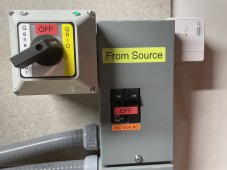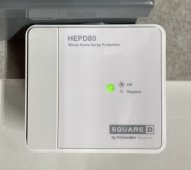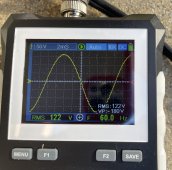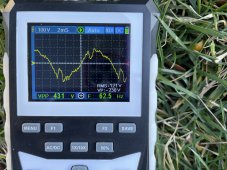JCSchwarb
Solar Enthusiast
- Joined
- Nov 26, 2022
- Messages
- 499
Part of this surge and collapsing sine wave issue is lack of proper installation of these AIO inverters. The AIOs have AC ground input and output which create ground loops in the circuit. Then the AIO manufacturers bond the Neutral and Ground together in DC mode, to make even more ground loops…argggg. When going from bypass mode (AC input to AC output) to battery a significant surge occurs. One solution is to cap the AC output grounds at the panel, if grid tied. Then research the AIO to eliminate the NGB issue.This made me think about it. I have a new furnace with all the fancy stuff and I think I will add a protector to it now. Thanks.
Lastly, add a very robust SPD to AC line input side, like a military spec grade unit (like a bad wolf USA). All other down stream panels and HVAC equipment I used typical residential SPDs to cut the spikes down.
Hope this helps.
-Jay
Last edited:









